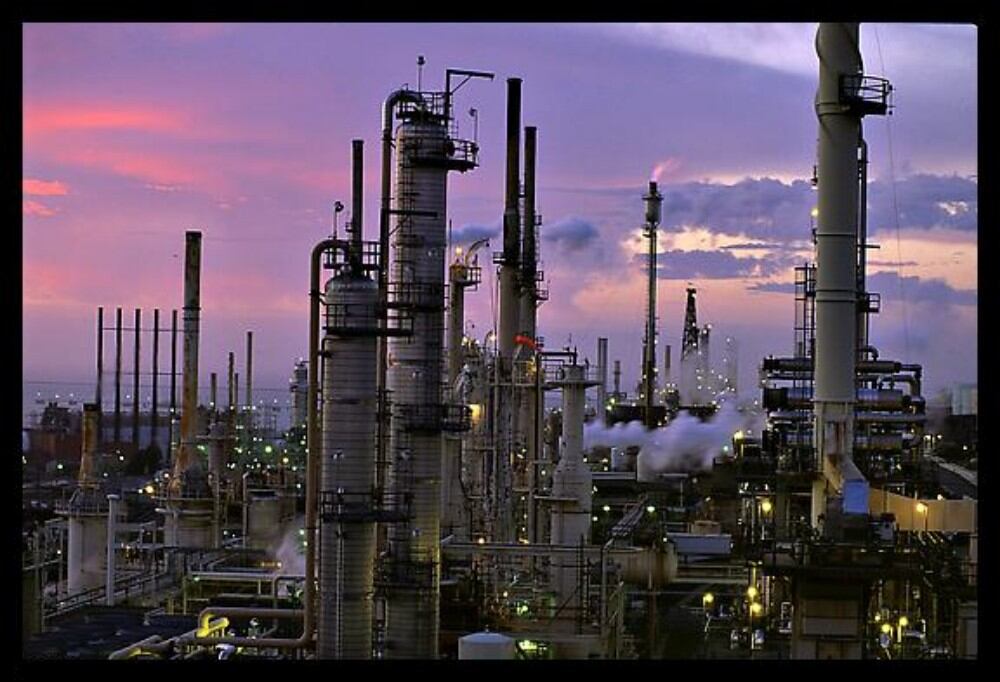The need for gasoline of a higher quality than that obtained by catalytic cracking led to the development of the hydrocracking process. The history of the process goes back to the later 1920s when a plant for the commercial hydrogenation of brown coal was commissioned at Leuna in Germany. Tungsten sulphide was used as a catalyst in this one-stage unit , in which high reaction pressures, 200-300 bar, were applied. The catalyst displayed a very high hydrogenation activity: the aromatic feedstock, coal and heavy fractions of oil, containing sulphur, nitrogen and oxygen, was virtually completely converted into paraffins and isoparaffins. The result of the Leuna plant – loss of octane number from aromatic hydrogenation of impurities in the feedstock, notably nitrogen compounds, followed by a hydrocracking step. In 1939, ICI developed the second-stage catalyst for a plant that contributed largely to Britain”s supply of aviation gasoline in the subsequent years.
During World War II, two stage processes were applied on a limited scale in Germany, Britain and USA. In Britain, feedstock were creosote from coal tar and gas oil from petroleum. In the USA, Standard Oil of New Jersey operated a plant at Baton Rouge, producing gasoline from a Venezuelan kerosine/light gasoil fraction. Operating conditions in those units were comparable: approximate reaction temperature 400 0C and reaction pressures of 200-300 bar.
After the war, commercial hydrocracking was stopped because the process was too expensive. Hydrocracking research, however, continued intensively. By the end of the 1950s, the process had become economic, for which a number of reasons are identified.
The development of improved catalyst made it possible to operate the process at considerably lower pressure, about 70-150 bar.Â
This in turn resulted in a reduction in equipment wall thickness, whereas simultaneously, advances were made in mechanical engineering, especially in the field of reactor design and heat transfer. These factors, together with the availability of relatively low cost hydrogen from steam reforming process, brought hydrocracking back on the refinery scene. The first units of the second generation were built in USA to meet the demand for conversion of surplus fuel oil in the gasoline-oriented refineries.
Now, hydrocracking is a well established process from many licensors.


